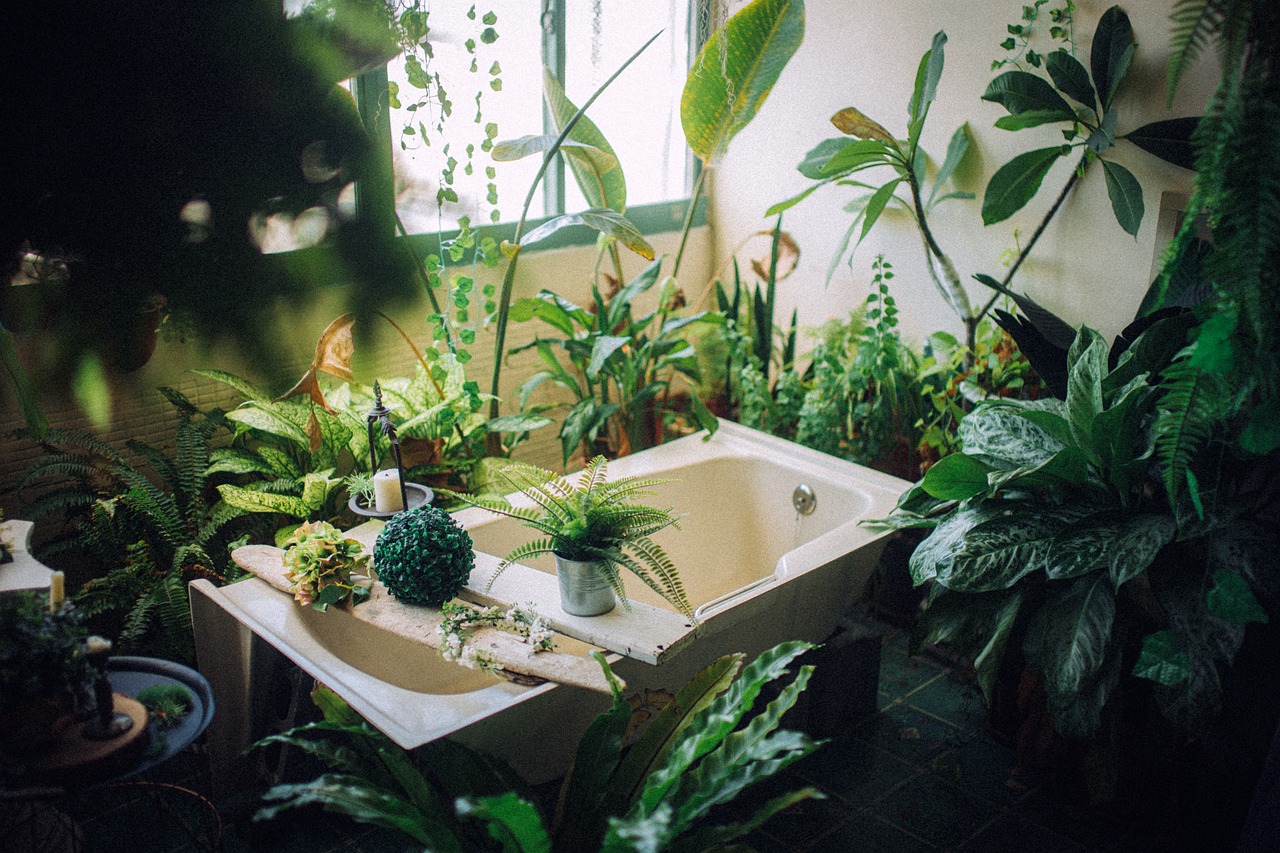
Craving a touch of emerald green in your city abode? Yearning to witness the magic of tiny leaves unfurling under your watchful eye? Indoor gardening beckons, promising not just vibrant decor but also a shot of zen amid the urban hustle.
But let’s be honest, even the most enthusiastic newbie gardener can feel overwhelmed by the sea of conflicting advice. Should you mist daily? Repot monthly? Dance a jig under a full moon? Don’t worry, fellow plant parent, because we’ve distilled the essential wisdom into 7 bite-sized Indoor Gardening Tips & Tricks. With these secrets in your arsenal, you’ll be nurturing thriving foliage forests in no time.
1. Lighten Up: Finding the Photosynthesis Sweet Spot
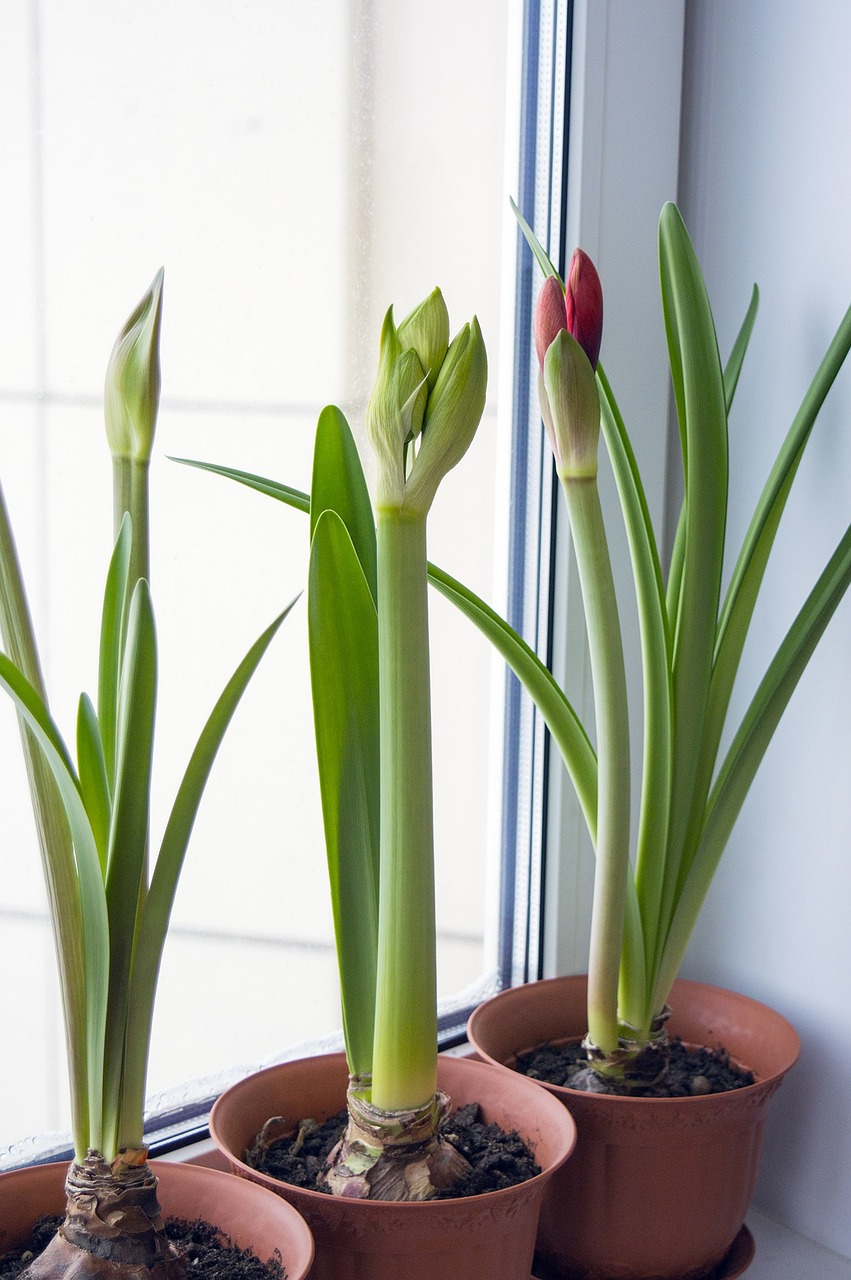
Sunlight is the lifeblood of your leafy companions, but too much can scorch, while too little leaves them languishing in the shadows. Mastering this delicate dance is crucial.
- Know your light levels: South-facing windows bathe your plants in the sunshine, perfect for sun-loving succulents and flowering wonders like hibiscus. East and west offer gentler rays, ideal for ferns and foliage favorites like philodendrons. North-facing windows require shade-tolerant heroes like snake plants and zz plants.
- Rotate regularly: Don’t let one side hog all the sun. Gently spin your pots every few weeks to ensure even growth.
- Supplement strategically: During winter’s shorter days or in dimly lit corners, consider grow lights to give your plants the photosynthetic boost they crave.
2. Water Wisely: Avoiding the Drowning or Desert Dilemma
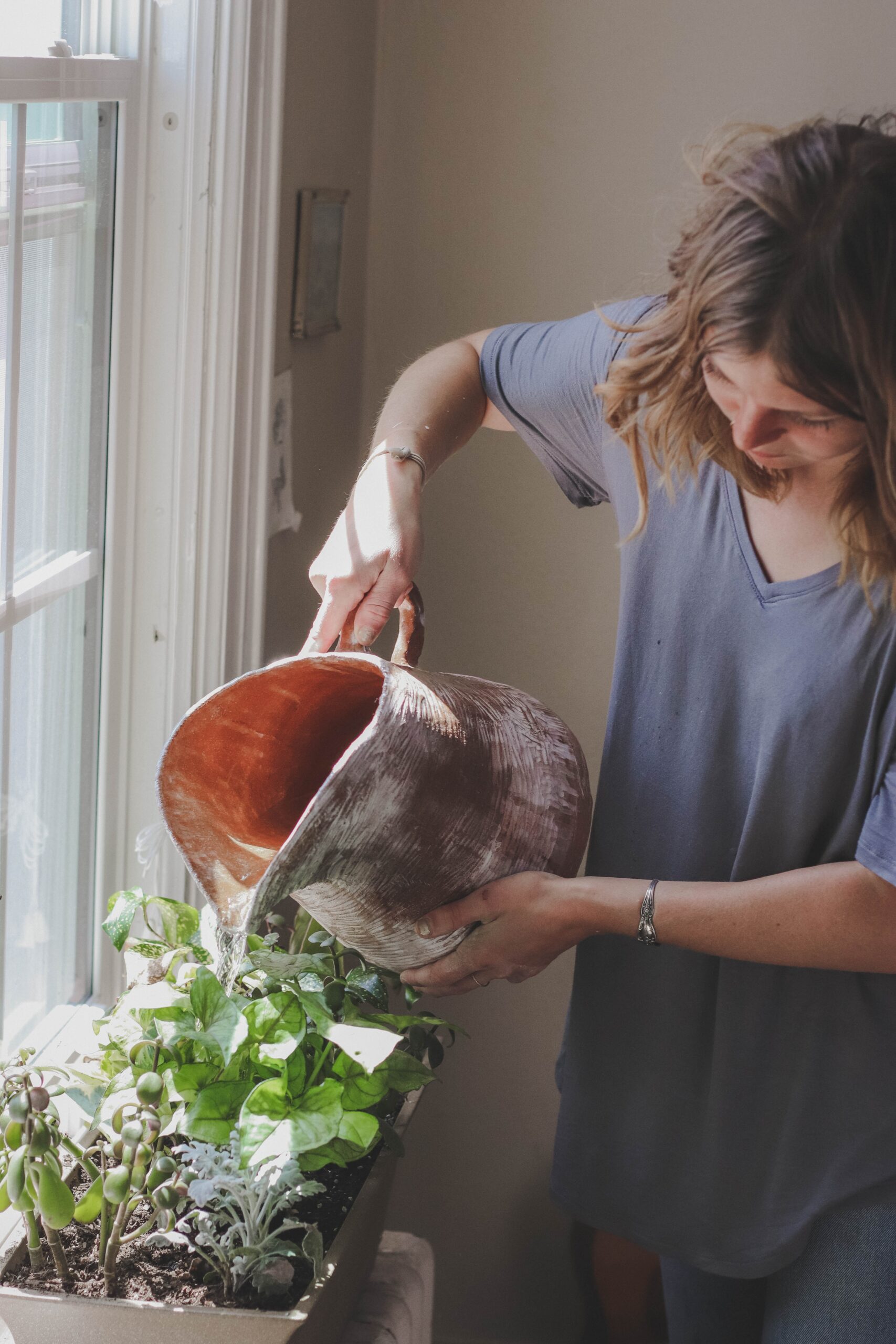
Overwatering is the silent assassin of houseplants, so ditch the watering can routine and develop a nuanced understanding of your green friends’ thirst.
- The finger test: Your best friend isn’t the watering can, it’s your index finger. Stick it an inch into the soil. Dry down to your first knuckle? Time to water! Still damp? Hold your horses (and watering can).
- Different strokes for different folks: Cacti and succulents crave infrequent deep watering while moisture-loving ferns prefer consistently damp soil. Research your specific plant’s needs for a happy medium.
- Drainage is key: Ensure your pots have drainage holes to prevent waterlogging, which suffocates roots. Empty saucers promptly after watering.
3. Potluck Perfection: Choosing the Right Home for Your Planty Pals
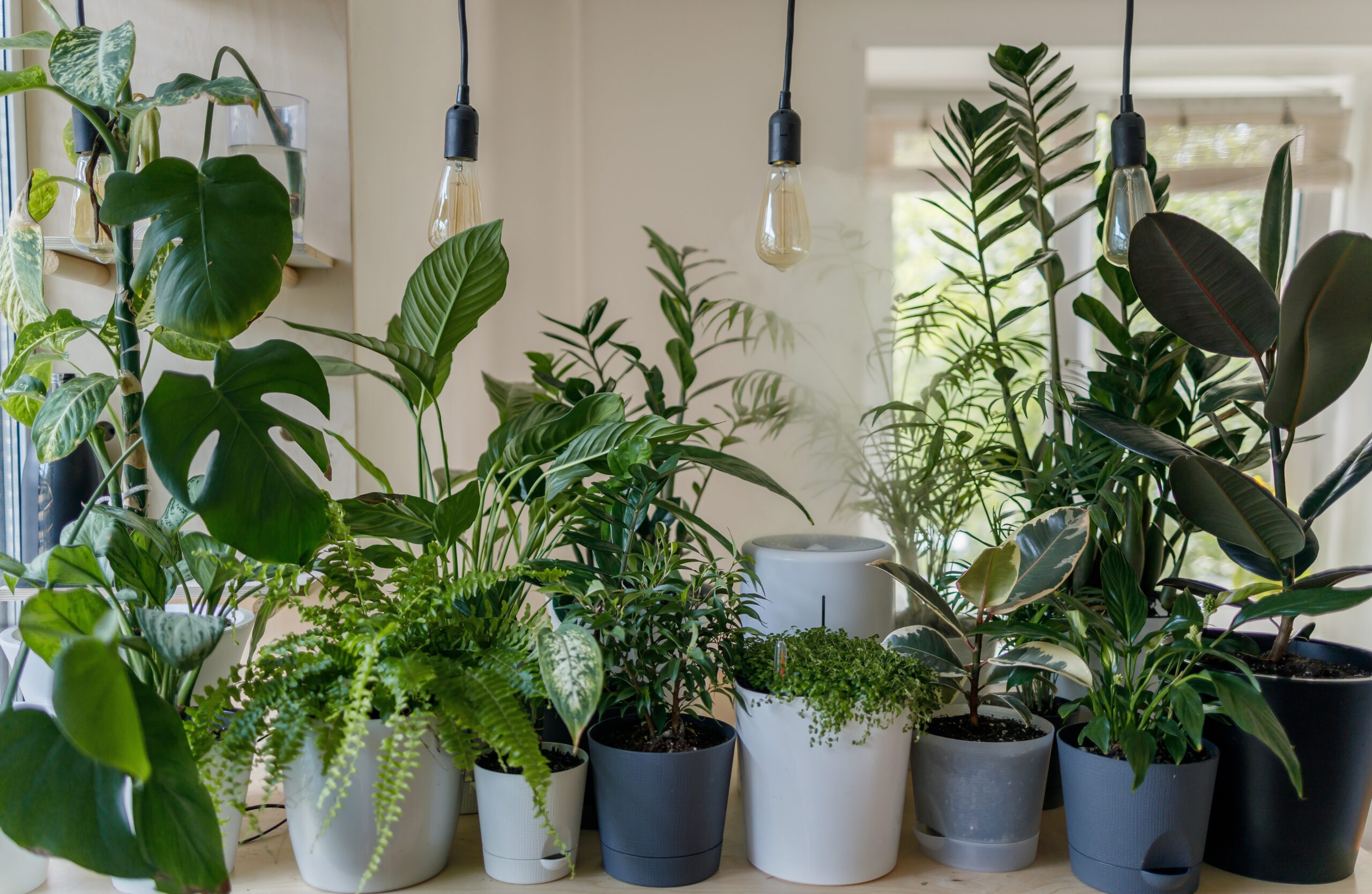
The right pot plays a pivotal role in plant happiness. Here’s how to choose the perfect digs:
- Material matters: Clay breathes better, allowing for good drainage, while plastic retains moisture longer. Match the pot material to your plant’s needs.
- Size it up: Don’t go overboard. A pot that’s too big can lead to overwatering, while a cramped one stunts growth. Choose a pot with about an inch of clearance around the root ball.
- Repot with respect: Most plants appreciate a fresh start every 1-2 years when their roots fill the pot. Choose a slightly larger pot and use a fresh potting mix for optimal drainage and nutrients.
4. Soil Secrets: Nurturing Foundations for Flourishing Foliage
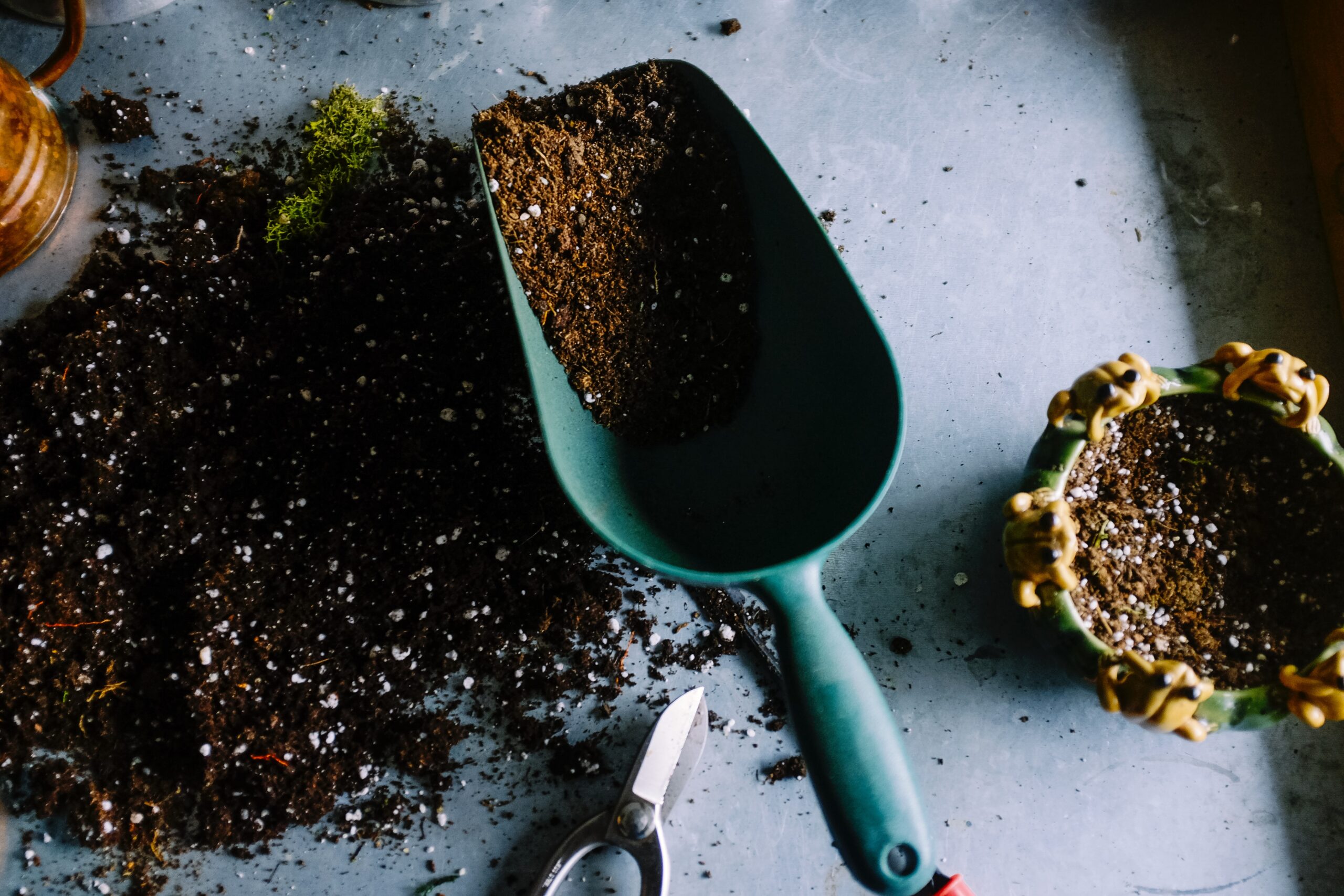
Just like us, plants need well-balanced nutrition to thrive. Ditch the garden soil (too dense!) and opt for a lightweight, well-draining potting mix formulated for indoor plants.
- Feed the hungry: During spring and summer, fertilize your leafy friends according to the instructions on the product. Remember, less is often more!
- Refresh and renew: Replenish the top layer of soil every year to remove built-up minerals and refresh the growing medium.
5. Climate Control: Cultivating a Comfortable Eden
Indoor environments can be notoriously dry and drafty, challenging for our humidity-loving plant friends.
- Humidity hacks: Group plants together to increase ambient humidity. Use a humidifier or pebble tray with water to add moisture to the air.
- Temperature tango: Most houseplants prefer moderate temperatures (65-75°F). Avoid placing them near drafts, radiators, or air conditioners.
- Fresh air fiesta: Regularly open windows for ventilation, especially during warmer months. However, avoid exposing your plants to sudden temperature changes.
6. Pest Patrol: Protecting Your Planty Paradise
While rare indoors, pests can occasionally bug your plants.
- Early detection is key: Regularly inspect your leaves for signs of trouble like sticky sap, yellowing leaves, or tiny critters.
- Natural solutions first: For mild infestations, insecticidal soap or neem oil spray can be effective.
- Seek help if needed: For aggressive pests, consult a local nursery or garden center for advice on targeted treatment.
7. Pruning Power: Shaping Up for Success
Pruning isn’t just about aesthetics, it’s also about encouraging healthy growth. Regular snips can:
- Control size and shape: Keep unruly plants in check and encourage bushier growth.
- Remove dead or diseased foliage: This prevents the spread of problems and keeps your plant looking its best.
- Promote flowering: Pruning can stimulate flower buds in some plants like hibiscus and bougainvillea.
When to prune:
- Spring is generally the best time for most plants. However, research your specific plant’s preferences as some (like azaleas) prefer a post-bloom trim.
- Always use sharp, clean pruners or shears to avoid damaging the plant.
- Make clean cuts just above a leaf node, angled slightly away from the plant.
Bonus Tip: Talk to Your Plants!
While they may not respond in words, plants seem to thrive on positive interaction. Chat to them, sing them a song, or simply admire their beauty. Who knows, they might just reward you with extra lush growth!
With these 7 Indoor Gardening Tips & Tricks, you’re well on your way to becoming a plant whisperer extraordinaire. Remember, there’s no such thing as a perfect plant parent, so relax, enjoy the journey, and watch your urban jungle flourish!
